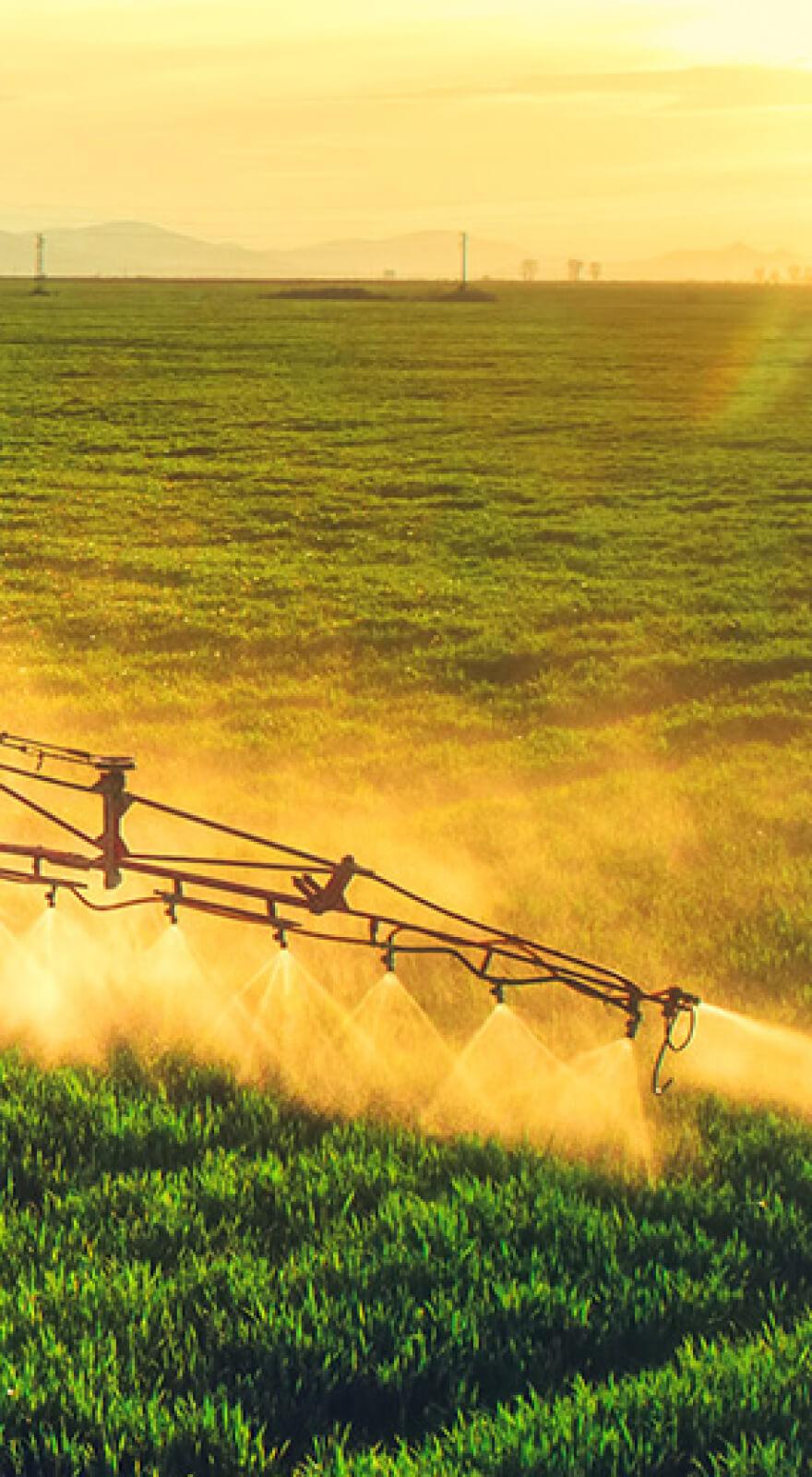Knowde Enhanced TDS
Identification & Functionality
- Chemical Family
- Agrochemical Functions
- Technologies
Features & Benefits
- Agrochemicals Features
Applications & Uses
- Markets
- Applications
- Applicable Crop
- Dosage and Application
Number of
Single dosage
Crops
Time of application
ActiBor
Super
applications
(l/ha)
ActiBor
(kg/ha)
BEETROOT
2
I – 4–6 proper leaves phase; II – before the covering the
1–3
1–2
rows; with acute boron deficiency – 3–4 sprays every 7 days
fall – 1
phase of a well formed rosette
RAPESEED
I – after start of vegetation; II – green bud phase; other
1–3
1–2
spring – 2 permissible timing – early April and during fall of flower
buds
CORN
3
I – 2–6 leaves phase; II – 6–10 leaves; III – before shedding the
1–3
1–2
panicle
POTATOES
2
I – development of over-ground parts;
1–2
1–1.5
II – beginning of flowering
TOBACCO
2
I – vegetative growth; II – every 10–14 days
1–1.5
1
CEREALS
2
I – fall; II – spring, vegetative development
1–1.5
1
GRAIN LEGUMES
2
I – phase of 7 leaves or after the rosette is formed in lupine;
1
0.5–1
II – before flowering
SMALL-SEED
2
I – 3 weeks after start of spring vegetation; II – before
1
0.5–1
LEGUMES
flowering, no later than 3 weeks before harvesting the feed
PULSES
2
I – before flowering; II – after flowering
1–3
1–2
FRUIT TREES AND
fall 2
I – after harvesting; II – after 10–14 days
1
0.5–1
I – before flowering; II – during flower petal shedding;
BUSHES
spring 3
III – two weeks after the end of flowering
GRAPEVINES
2
I – beginning of flowering; II – 7–10 days after
1–1.5
1
STRAWBERRY
2
I – white bud phase; II – beginning of flowering
0.5–1.0
0.5–0.7
PEPPERS, TOMATOES,
2
I – 2–3 weeks after planting the seedlings, II – before
1–2
1–1.5
CUCUMBER
flowering
VEGETABLES AND
I – at the stage of 2–6 leaves formed (approx. 3 weeks after
3
planting the seedling),
1–2
1–1.5
DECORATIVE PLANTS
II and III – intensive growth phase – every 10–14 days
OTHER
2–3
Every 10–14 days when deficiency occurs
1–2
1–1.5
Recommended concentration: Agricultural crops 300–500 liters of solution per hectare, horticultural crops 500–800 liters of solution per hectare, orchards 700–1000 liters of solution per hectare.
Technical Details & Test Data
- Boron and Its Significance For Selected Plants
BEETROOT
increased immunity to dry rot, higher content of sugar in the roots
RAPESEED
higher quantity of flowers, siliqua and seeds, better winter hardiness
CORN
cobs with optimum formation and seed distribution
POTATOES
correct flowering and growth support through impact on cell division
FRUIT TREES AND
good fruit setting, apples are not susceptible to cracking and rusting, they ripen more
slowly in the tree, store well and are tasty due to high level of organic acids, sugar and dry
BUSHES
mass
GRAPEVINES
regulates correct growth of grapevine tips, facilitates uptake of Co, K, P and Mg ions
from the soil; plays an important function in the correct flowering (facilitates pollen
germination)
STRAWBERRY
impacts correct formation of buds and fruit quality (especially the shape and color of skin)
PEPPERS
increased yield and better crop quality
LEGUMES
complete formation of root papillae
TOMATOES
immunization to blossom end rot
CAULIFLOWER
better formation of the cauliflower head and prevention of its russeting
CABBAGE
prevention of internal russeting of heads and cabbage clubroot
CELERY
prevention of internal russeting and empty spaces in the root
BRUSSELS SPROUTS
prevention of russeting, improved health of steams
BROCCOLI
prevention of head russeting
CARROT
healthy roots without cracks
- Boron Deficiency - Symptoms
VEGETATIVE DEVELOPMENT
GENERATIVE DEVELOPMENT
• inhibition of growth of the whole plant
• disorders in the pollination and fertilization process
• incorrect formation and development of tissues
• clear inhibition of flower and fruit setting
•
root thickening
• development of seedless fruit and parthenogenesis
•
occurrence of irregular chlorosis between leaf nerves
• small, poor quality fruit
- deformation of young leaves and discoloration to dark blue-green
- breakable and fragile stalks
- disrupted development of the vascular tissue
- transpiration disorders

